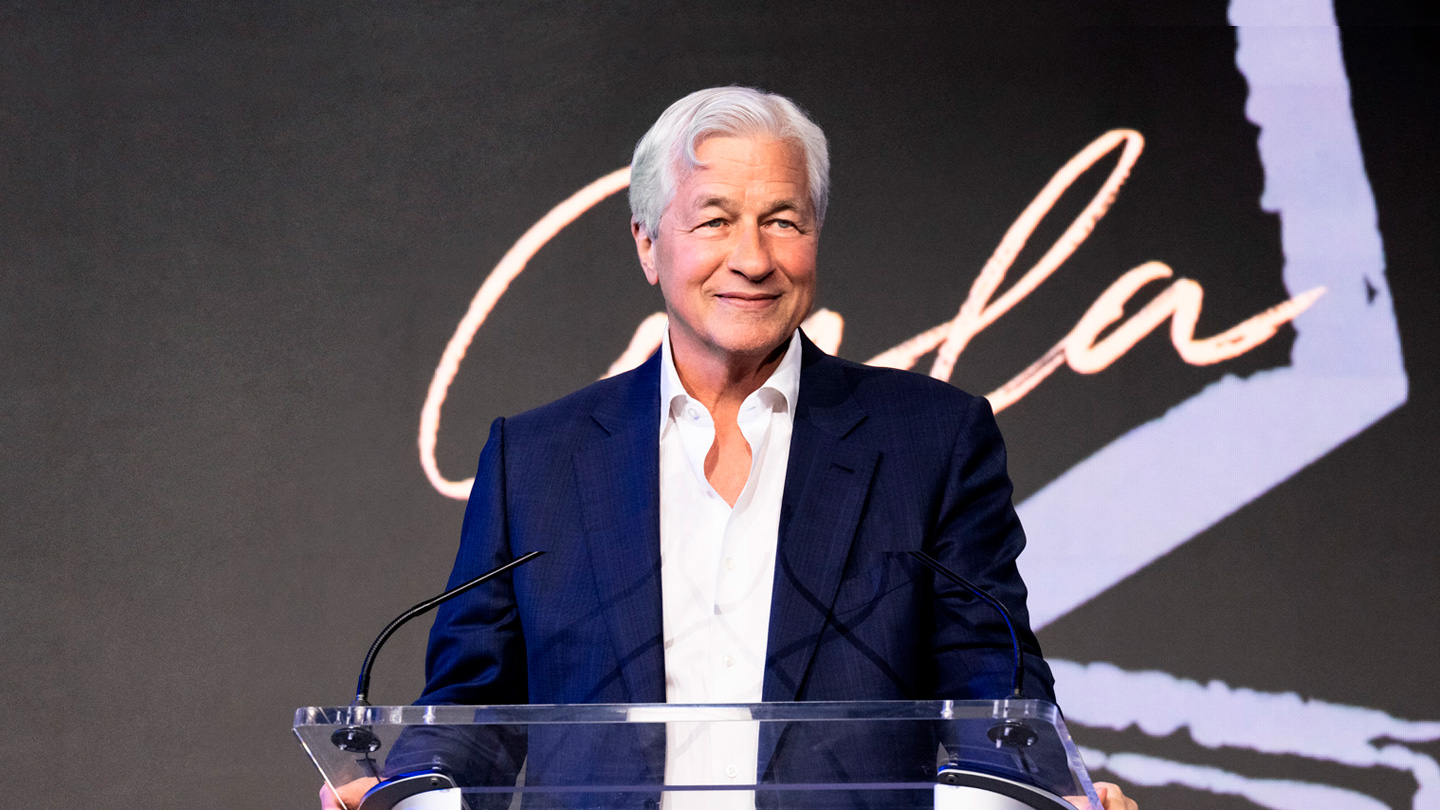The work that Chase is doing is part of a broad effort by tech companies, retailers and other companies to make investments in clean energy to tackle climate change.
In 2019, companies installed more than 1,280 megawatts of commercial solar capacity, according to a report released last fall by the Solar Energy Industries Association. Solar adoption by companies has expanded rapidly over the past several years, with two thirds of all capacity installed since 2015.
“The world’s most recognizable brands are walking the walk when it comes to their clean energy commitments,” Abigail Ross Hopper, president and CEO of SEIA, said in the report. “Businesses are choosing solar energy because it can significantly curb their energy costs and add predictability during these uncertain times. We expect that the corporate sector will make greater investments in solar as businesses make and follow through on clean energy commitments to address the climate crisis.”
The push by Chase is part of the bank's effort to also help clients achieve the climate goals of the Paris Agreement.
Last month, the bank set a target to finance and facilitate more than $2.5 trillion over 10 years — including $1 trillion for green activities — to advance long-term solutions that address climate change and contribute to sustainable development.
The bank has set a 2030 target to reduce the greenhouse gas emissions from the operation of our buildings, branches and data centers by 40 percent, based on a 2017 baseline.
Chase's Deaton said when he first become involved in commercial real estate, issues of sustainability were just starting to gain traction.
"It has grown to something beyond my wildest dreams of a pillar within not only the real estate industry, but all industries," he said. "It is something all companies are focused on."
A version of this story originally appeared in The Columbus Dispatch.




